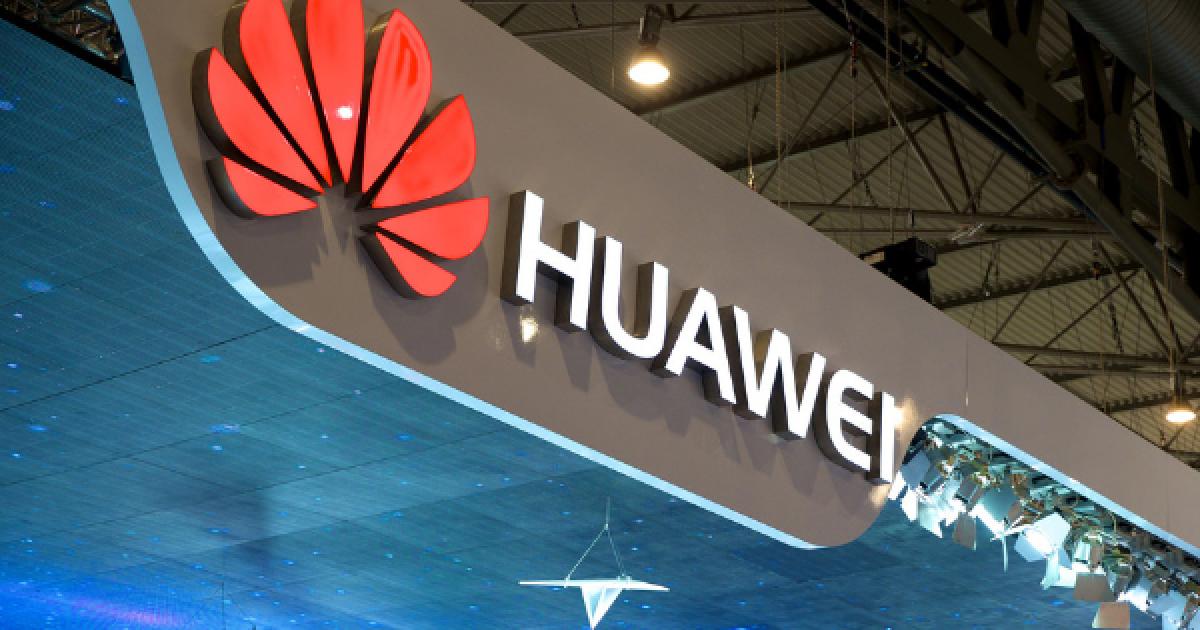Huawei has officially introduced its powerful new AI infrastructure platform, the CloudMatrix 384 Supernode, claiming it can outperform Nvidia’s flagship NVL72 GPU cluster in both compute power and memory capacity.
The launch, reported by the South China Morning Post and confirmed by SemiAnalysis, represents a major milestone in Huawei’s ambition to become China’s go-to alternative for AI infrastructure, especially as U.S. export restrictions continue to limit its access to American technology.
Performance That Rivals Nvidia
The CloudMatrix 384 Supernode links together 384 Ascend 910C AI chips, delivering an impressive 300 petaflops of dense BF16 compute performance. In comparison, Nvidia’s NVL72 cluster, featuring 72 GPUs connected via NVLink, caps out around 180 petaflops.
Huawei insiders have called the new system a “nuclear-level product”, underlining its significance for China’s AI development roadmap.
READ MORE: Lahore High Court Bars FBR from Demanding Advance Tax on First-Time Property Sales
Memory and Bandwidth Advantage
Besides raw compute, Huawei’s new supernode offers:
-
3.6x more aggregate memory
-
2.1x more memory bandwidth
than Nvidia’s NVL72.
However, this performance comes at a price: the CloudMatrix 384 draws nearly four times more power than its Nvidia counterpart—a tradeoff that would raise concerns in energy-conscious Western data centers but is less problematic in China, where access to cheap and abundant energy remains stable.
Deployment Underway
Huawei has already deployed its CloudMatrix 384 racks at its data centers in Wuhu, Anhui province. The company’s strong expertise in optics, networking, and system integration has allowed it to circumvent chip restrictions, reinforcing China’s AI self-reliance strategy.
The Bigger Picture: China’s AI Ambitions
Despite the Ascend 910C still depending on global suppliers like Samsung for high-bandwidth memory and TSMC for wafer production, Huawei’s successful rollout demonstrates China’s growing capability to build high-performance AI hardware ecosystems — positioning the country as a serious player in global AI infrastructure.
For Beijing, the trade-off between energy consumption and computational supremacy appears to be a price worth paying, especially as artificial intelligence continues to drive future economic and strategic growth.




